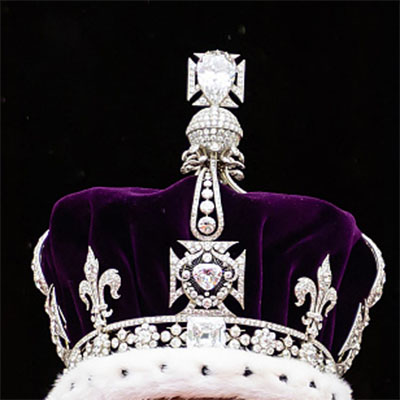The history of royal jewelry is full of stories of recycling. Gems are reused and metal is melted down to create refreshed pieces. This practice has been happening for centuries, and I generally understand the need for royals to update and pass down jewels to new generations.
However, I must admit that I was initially surprised by the transformation of Queen Elizabeth II’s cherished Cullinan V Garrard brooch into a centerpiece for Queen Camilla’s crown. It felt like it happened too soon.
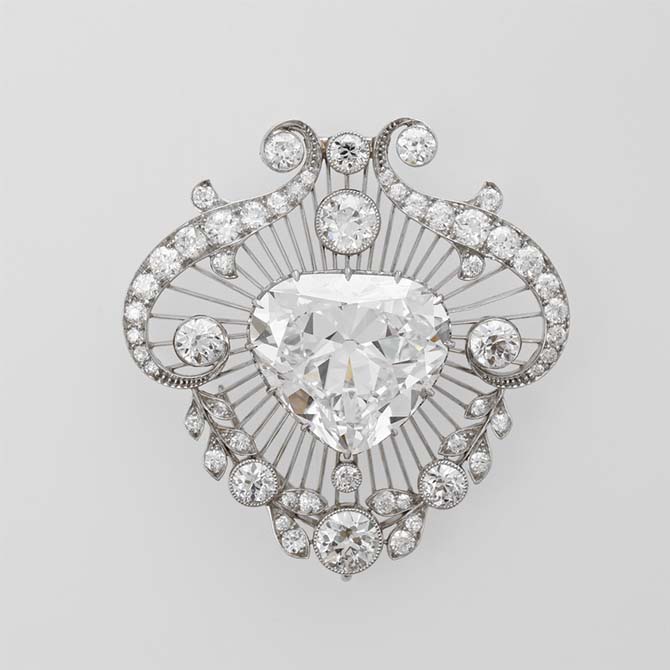
But now, after a few days since the coronation, I have delved deeper into the reshaped pieces and discovered that there is a reason behind the inclusion of the Cullinan V in the crown, as well as a historical connection to the placement of the Cullinan III and IV diamonds in the brooch.
Let’s explore further below.
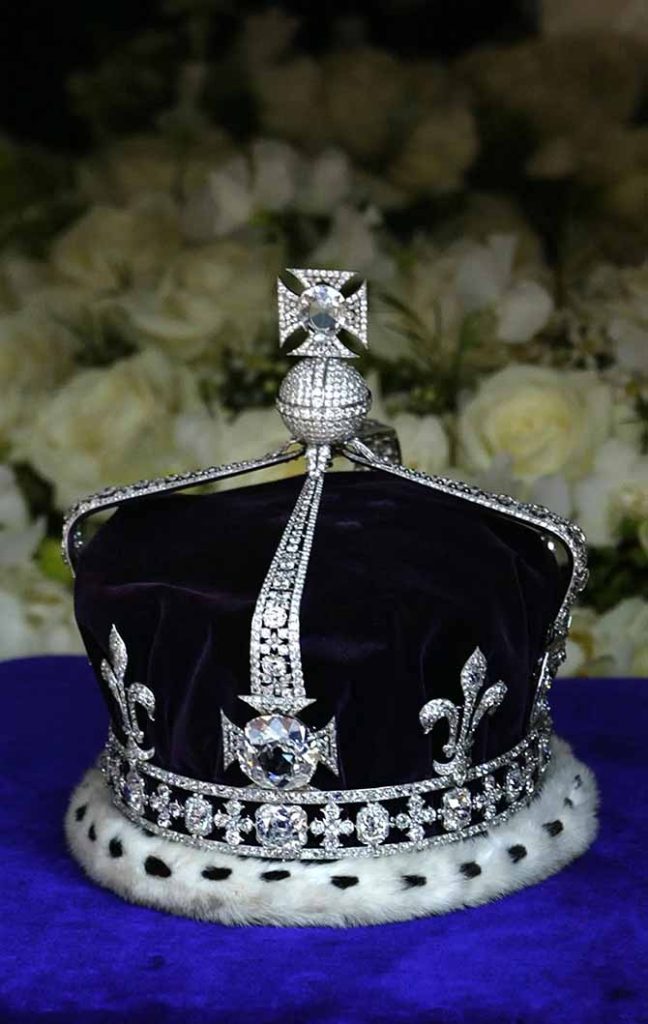
Firstly, Buckingham Palace decided not to create a new crown for Queen Camilla in an effort to minimize the extravagance of the coronation. This decision led to concerns that she might wear the most recently made Coronation Crown, which was designed for a Queen Consort. However, that crown contained the controversial Koh-i-Nor Diamond, weighing 105.6 carats, which was previously set in the crown made for Queen Elizabeth II’s mother in 1937.
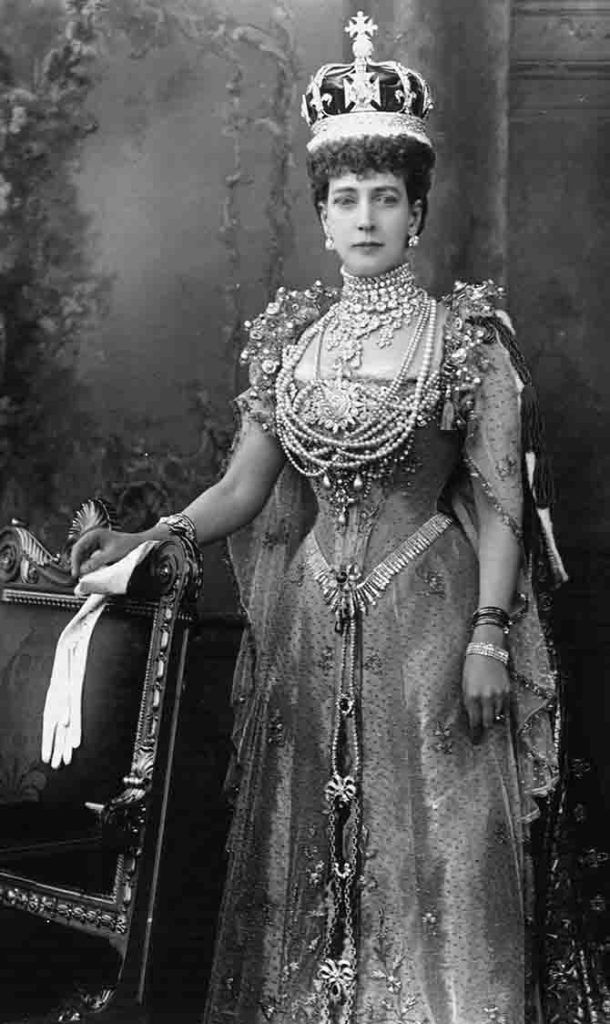
The Koh-i-Nor Diamond was originally given to Queen Victoria in the 19th century by the British, who had taken it from the Sikh heir of India. Since then, it has been included in the Coronation Crowns of Queen Consorts, including Queen Alexandra in 1902, Queen Mary in 1911, and Queen Elizabeth, The Queen Mother in 1937.
The Indian government has repeatedly requested the return of the Koh-i-Nor Diamond, but the Royal Collection has not complied. Instead, there are plans to display it in an exhibition showcasing the gem’s history.
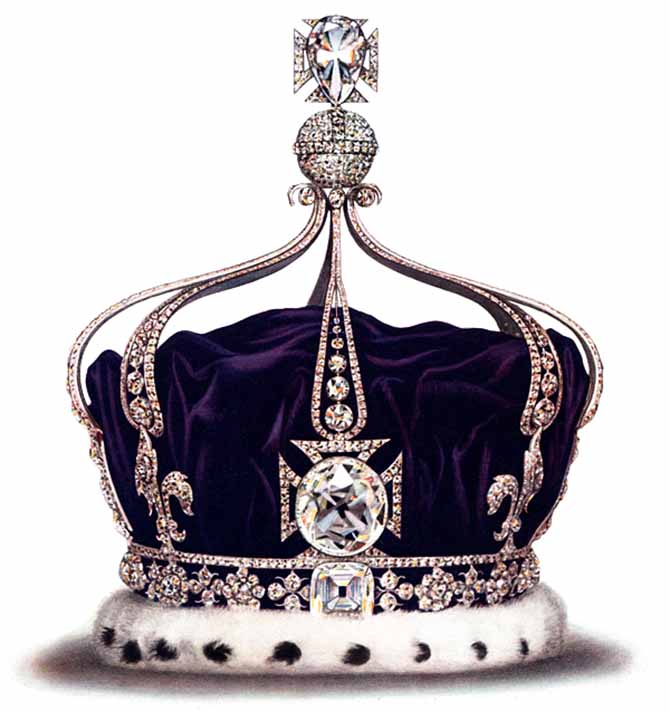
Instead of dealing with the real Koh-i-Nor Diamond in Queen Mother’s Coronation Crown, Queen Mary’s Coronation Crown, which originally had a crystal replica of the Koh-i-Nor, was transformed for Queen Camilla. To give it a more updated look, four of the arches on top were removed. Ironically, this alteration made the crown resemble Queen Mother’s slightly more modern Crown.
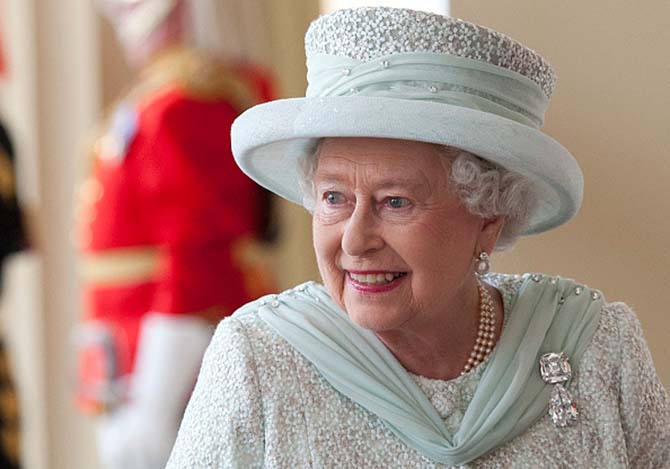
When Queen Mary’s Crown was originally designed in 1911, it featured the Cullinan III and IV diamonds. These gems were later removed and set in a brooch.
Upon inheriting the Cullinan III and IV brooch, Queen Elizabeth II affectionately referred to the diamonds as “Granny’s Chips.” They were chips off the famous 3,106-carat Cullinan Diamond, presented to Edward VII by the government of Transvaal as a 66th birthday gift and as a symbolic gesture to reconcile Britain and South Africa after the Boer War.
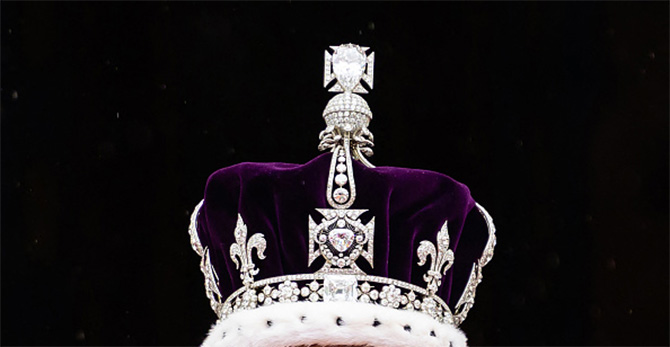
In Queen Camilla’s Crown, Cullinan III, a 94-carat pear-shaped diamond, was returned to its original position on top, while Cullinan IV, a 63.6-carat square-cut diamond, was placed at the center of the circlet. These two diamonds contribute to the crown’s overall sparkle, creating a bold contrast to the platinum and diamond crown worn by the Queen Mother. In other words, the Camilla Crown does not align with the concept of a toned-down coronation.

In the center cross of Camilla’s Crown sits the Cullinan V brooch. Although it initially surprised me to see it in this new setting, I realized that great care was taken in its placement. The platinum brooch, featuring an 18.8-carat heart-shaped Cullinan V diamond, was left intact, as pointed out by jewelry researcher Claudine Seroussi Bretagne. This decision indicates the awareness of people’s attachment to the brooch.
The Cullinan V brooch now occupies the spot on Camilla’s Crown where the Koh-i-Nor once resided for Queen Mary. Using this jewel, which is a symbol of love, as a replacement for a controversial stone can be seen as a way to symbolically clear the air.
The Cullinan V brooch was originally made for Queen Mary in 1911 and became one of Queen Elizabeth’s favorite pieces, worn throughout her 70-year reign.
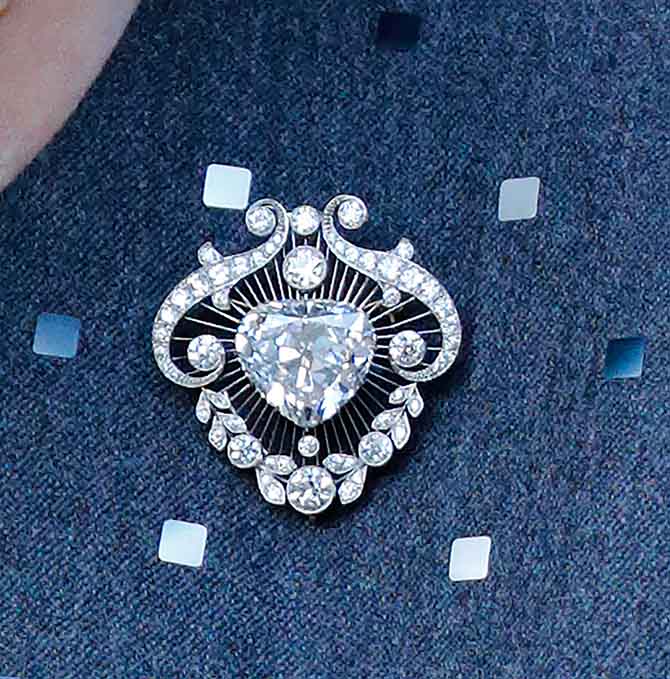
I often refer to the Cullinan V brooch for its intricate platinum design. The knife-edge platinum spokes emanate from the center, embracing smaller diamonds on the frame. Delicate millegrain beads cover the surface, adding texture. These design elements are made possible by the strength of platinum.
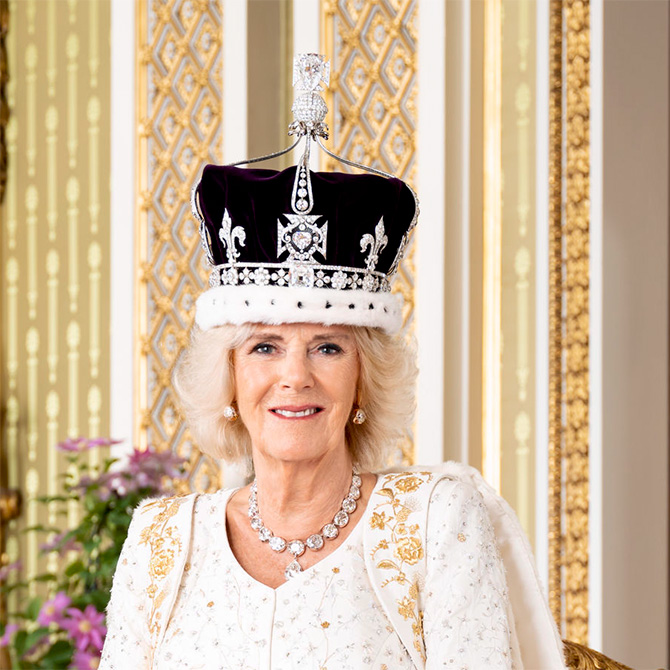
Looking ahead, I believe we will continue to see the Cullinan V brooch at the opening of Parliament. It is also likely that Camilla’s Coronation Crown is convertible and can be worn as a circlet for such occasions. This would involve removing the arches, velvet, and ermine from the design.
After my initial reaction, I now see this as a positive new chapter for the Cullinan V jewel. As Shakespeare would say, “All’s well that ends well.”
